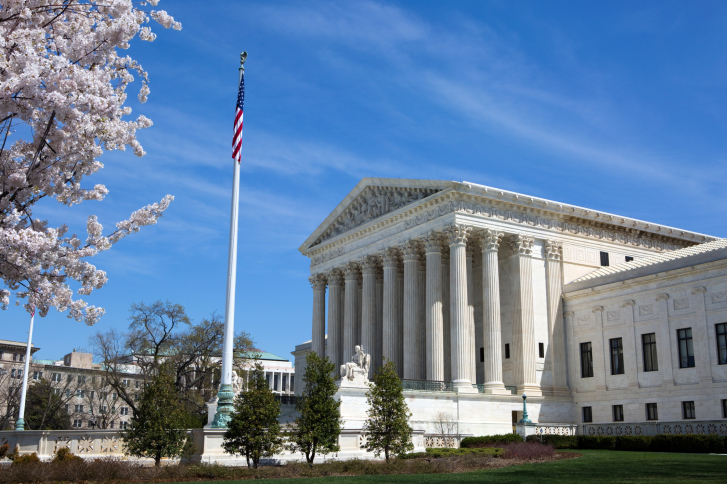Three more major articles on evergreens and elevated carbon dioxide have appeared on the scene.
Telewski and colleagues grew loblolly pine seedlings in open-top chambers for four years with atmospheric carbon dioxide concentrations maintained at 350 parts per million (ppm) and 650 ppm. Elevated carbon dioxide substantially increased the annual growth-ring widths from 15 percent to 93 percent during each year of the study. Furthermore, the elevated carbon dioxide increased the average tree-ring density from 3 percent to 60 percent.
Telewski concluded that “projected increases in the atmospheric content of carbon dioxide may result in increased wood production without a loss in structural strength in loblolly pine.”
Jach and researchers grew seedlings of Scots pine for three years in the ground in open-top chambers in Belgium, with atmospheric carbon dioxide levels maintained at natural (350 ppm) and 750 ppm. Among other findings, they found that the elevated carbon dioxide caused biomass to increase by 55 percent. They noted that the root system, particularly fine roots, increased more than the above-ground biomass.
The rise in carbon dioxide increased dry mass of the stem by 49 percent, branches by 83 percent, buds by 65 percent, needles by 19 percent, and the roots by 152 percent. Tree heights increased by 14 percent, stem diameter by 18 percent, number of branches by 12 percent, total branch length by 28 percent, shoot diameter by 13 percent, and total surface needle area by 22 percent.
Hamerlynck and colleagues grew one-year-old seedlings of a desert shrub with atmospheric carbon dioxide levels of 360 ppm, 550 ppm, and 700 ppm—with some plants well watered and others poorly watered. They stressed the plants further by exposing them to nine consecutive days with the midday temperature held at 53°C (127.4°F).
That heat stress markedly decreased photosynthesis in all plants except the well-watered seedlings at the highest CO2 level. The plants in the simulated drought conditions showed a doubling of photosynthesis for the 550-ppm environment and a tripling of photosynthesis at 700 ppm.
The higher CO2 also led to an acceleration in the recovery of the plants from the extreme heat stress. Plants at natural CO2 levels “did not show significant recovery of photosynthetic capacity after alleviation of temperature stress.”
The team concluded, “These findings suggest that elevated carbon dioxide could promote photosynthesis activity during critical periods of seedling establishment, and thus enhance the potential for the shrub L. tridentata to survive high temperature events.”
These three recent studies, along with hundreds of similar studies conducted throughout the world, clearly show that evergreens will be ever-greener in a world of elevated carbon dioxide.
Robert C. Balling Jr., Ph.D. is director of the Laboratory of Climatology at Arizona State University and coauthor of The Satanic Gases.
References
Hamerlynck, E.P., et al., 2000. Effects of extreme high temperature, drought and elevated carbon dioxide on photosynthesis of the Mojave Desert evergreen shrub Larrea tridentata. Plant Ecology, 148, 183-193.
Jach, M.E., I. Laureysens, and R. Ceulemans, 2000. Above- and below-ground production of young Scots pine (Pinus sylvestris L.) trees after three years of growth in the field under elevated carbon dioxide. Annals of Botany, 85, 789-798.
Telewski, F.W., et al., 1999. Wood properties and ring width responses to long-term atmospheric carbon dioxide enrichment in field-grown loblolly pine (Pinus taeda L.). Plant, Cell and Environment, 22, 213-219.



